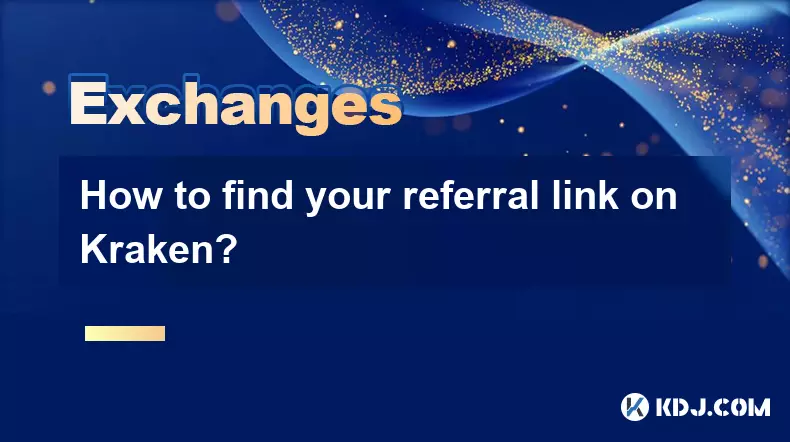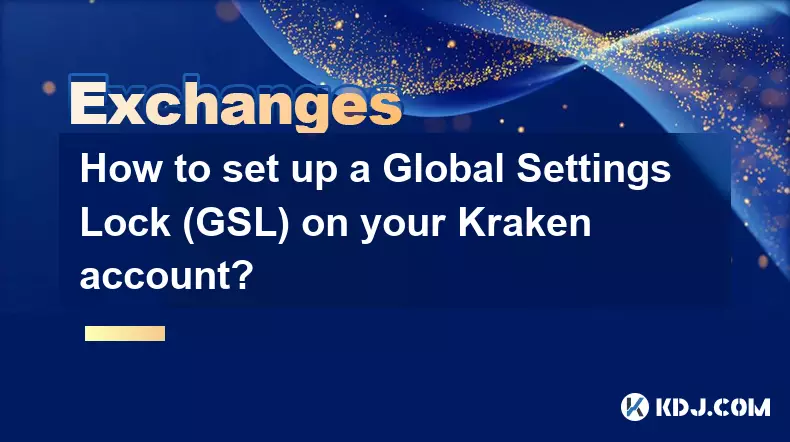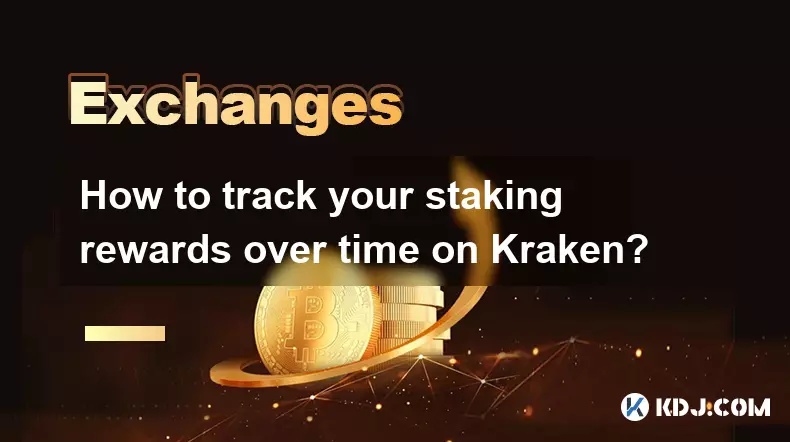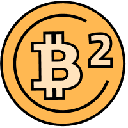-
 bitcoin
bitcoin $114206.058833 USD
-0.82% -
 ethereum
ethereum $4129.796871 USD
-1.31% -
 tether
tether $0.999964 USD
0.00% -
 xrp
xrp $2.640265 USD
-0.68% -
 bnb
bnb $1141.700384 USD
-0.18% -
 solana
solana $200.380665 USD
-2.05% -
 usd-coin
usd-coin $0.999888 USD
0.01% -
 dogecoin
dogecoin $0.200706 USD
-3.43% -
 tron
tron $0.299112 USD
-0.60% -
 cardano
cardano $0.668491 USD
-2.72% -
 hyperliquid
hyperliquid $46.924669 USD
-2.72% -
 chainlink
chainlink $18.286013 USD
-2.66% -
 bitcoin-cash
bitcoin-cash $555.734639 USD
-0.58% -
 stellar
stellar $0.323999 USD
-2.74% -
 ethena-usde
ethena-usde $0.999169 USD
0.00%
How to avoid slippage when trading on OKX?
Slippage in crypto trading occurs when market volatility or low liquidity causes trades to execute at unexpected prices, especially during rapid price movements.
Oct 28, 2025 at 09:19 pm

Understanding Slippage in Crypto Trading
1. Slippage occurs when the price at which a trade executes differs from the expected price, often due to market volatility or low liquidity. In fast-moving markets, especially during high-impact news events, price gaps can cause trades to fill at less favorable rates.
2. On OKX, slippage is particularly common with large market orders on tokens that have shallow order books. Traders placing significant volume without considering depth may find their average execution price deviates substantially from the last traded price.
3. The platform displays real-time order book data, allowing users to assess bid-ask spreads and available liquidity. By reviewing this information before executing trades, traders can anticipate potential slippage and adjust their strategy accordingly.
Monitoring order book depth helps identify assets prone to high slippage, enabling more informed trading decisions.Utilizing Limit Orders Effectively
1. Instead of using market orders, traders should consider limit orders to gain full control over execution prices. A limit order ensures that a trade will only execute at the specified price or better, eliminating unexpected slippage.
2. When placing a limit order, it’s crucial to position it within the active trading range. Setting a buy order too far below the current market price or a sell order too far above may result in non-execution, especially in rapidly changing conditions.
3. For larger positions, breaking the total amount into smaller limit orders across a price range can reduce market impact. This method, known as iceberg ordering, prevents sudden demand spikes that could trigger adverse price movements.
Limit orders provide precision and predictability, making them ideal for minimizing slippage on OKX.Adjusting Slippage Tolerance Settings
1. OKX allows users to set custom slippage tolerance levels when using advanced trading tools or API-based executions. By defining a maximum acceptable deviation, traders can prevent trades from executing beyond predefined thresholds.
2. Conservative traders might set slippage tolerance as low as 0.1%, especially when dealing with stablecoins or high-cap cryptocurrencies where price stability is higher. More volatile altcoins may require slightly wider tolerances, such as 0.5% to 1%.
3. Exceeding the set slippage limit results in the order being canceled or partially filled, depending on the execution settings. This safeguard protects against unfavorable fills during flash crashes or pump-and-dump scenarios.
Configuring appropriate slippage tolerance acts as a protective barrier against erratic market behavior.Leveraging Time-Based Execution Strategies
1. Using time-weighted average price (TWAP) or volume-weighted average price (VWAP) strategies through OKX’s algorithmic trading features can distribute order execution over time. These methods reduce the risk of impacting the market with a single large transaction.
2. TWAP splits an order into equal parts executed at regular intervals, smoothing out entry or exit points. This approach works well during periods of consistent volume and avoids triggering sharp price reactions.
3. VWAP aligns order execution with trading volume patterns, prioritizing execution during high-volume windows. It increases the likelihood of filling orders near the average market price, reducing deviation.
Algorithmic execution models help maintain price stability and minimize slippage for institutional-scale trades.Frequently Asked Questions
What is the difference between market and limit orders on OKX?Market orders execute immediately at the best available price but are subject to slippage. Limit orders only execute at a user-defined price or better, offering protection against unfavorable fills.
Can I automate slippage controls on OKX?Yes, OKX supports API integration and bot trading with customizable slippage parameters. Users can program execution logic that includes dynamic slippage checks based on real-time volatility indicators.
Does slippage affect all trading pairs equally?No, slippage varies significantly across trading pairs. Major pairs like BTC/USDT typically have tighter spreads and lower slippage, while low-volume altcoin pairs are more susceptible to price deviation.
How does network congestion impact slippage on OKX?While OKX operates as a centralized exchange, external blockchain congestion can delay withdrawals or deposits tied to on-chain settlements. However, trading engine performance remains unaffected, ensuring internal order matching stays efficient regardless of network load.
Disclaimer:info@kdj.com
The information provided is not trading advice. kdj.com does not assume any responsibility for any investments made based on the information provided in this article. Cryptocurrencies are highly volatile and it is highly recommended that you invest with caution after thorough research!
If you believe that the content used on this website infringes your copyright, please contact us immediately (info@kdj.com) and we will delete it promptly.
- Essex Post Office, 5p Coins, and King Charles: A Royal Mint Revelation!
- 2025-10-23 10:30:16
- Waymo's Newark Airport AV Tests: Alphabet's AI Gamble Pays Off?
- 2025-10-23 10:30:16
- King Charles 5p Coins: A Royal Flush in Your Pocket?
- 2025-10-23 10:35:18
- Solana, Crypto Advisory, and Forward Industries: A New York Minute on the Future of Finance
- 2025-10-23 08:51:22
- MAGACOIN: Ethereum Whales Dive into the Hottest Presale of 2025
- 2025-10-23 08:51:22
- Kadena's End of the Road? KDA Token Plummets Amid Project Abandonment
- 2025-10-23 08:55:34
Related knowledge

How to get the highest verification level on Kraken?
Oct 26,2025 at 05:37pm
Understanding Kraken’s Verification Tiers1. Kraken offers multiple verification levels, each unlocking additional features and higher trading limits. ...

What to do if you sent crypto to the wrong address from Kraken?
Oct 28,2025 at 06:55am
Immediate Steps to Take After Sending Crypto to the Wrong Address1. Verify the transaction details immediately through your Kraken account history. Ch...

How to find your referral link on Kraken?
Oct 25,2025 at 12:09pm
Accessing Your Kraken Account Dashboard1. Navigate to the official Kraken website and log in using your registered email and password. Two-factor auth...

How to set up a Global Settings Lock (GSL) on your Kraken account?
Oct 25,2025 at 08:31am
Understanding Global Settings Lock (GSL) on Kraken1. The Global Settings Lock (GSL) is a security feature offered by Kraken to protect user accounts f...

How to avoid high withdrawal fees on Kraken?
Oct 26,2025 at 09:36am
Understanding Kraken's Fee Structure1. Kraken operates on a tiered fee model that depends on the user’s trading volume over the last 30 days. The high...

How to track your staking rewards over time on Kraken?
Oct 26,2025 at 04:54am
Understanding Staking Rewards on Kraken1. Kraken supports staking for various cryptocurrencies, allowing users to earn passive income by locking their...

How to get the highest verification level on Kraken?
Oct 26,2025 at 05:37pm
Understanding Kraken’s Verification Tiers1. Kraken offers multiple verification levels, each unlocking additional features and higher trading limits. ...

What to do if you sent crypto to the wrong address from Kraken?
Oct 28,2025 at 06:55am
Immediate Steps to Take After Sending Crypto to the Wrong Address1. Verify the transaction details immediately through your Kraken account history. Ch...

How to find your referral link on Kraken?
Oct 25,2025 at 12:09pm
Accessing Your Kraken Account Dashboard1. Navigate to the official Kraken website and log in using your registered email and password. Two-factor auth...

How to set up a Global Settings Lock (GSL) on your Kraken account?
Oct 25,2025 at 08:31am
Understanding Global Settings Lock (GSL) on Kraken1. The Global Settings Lock (GSL) is a security feature offered by Kraken to protect user accounts f...

How to avoid high withdrawal fees on Kraken?
Oct 26,2025 at 09:36am
Understanding Kraken's Fee Structure1. Kraken operates on a tiered fee model that depends on the user’s trading volume over the last 30 days. The high...

How to track your staking rewards over time on Kraken?
Oct 26,2025 at 04:54am
Understanding Staking Rewards on Kraken1. Kraken supports staking for various cryptocurrencies, allowing users to earn passive income by locking their...
See all articles










































































